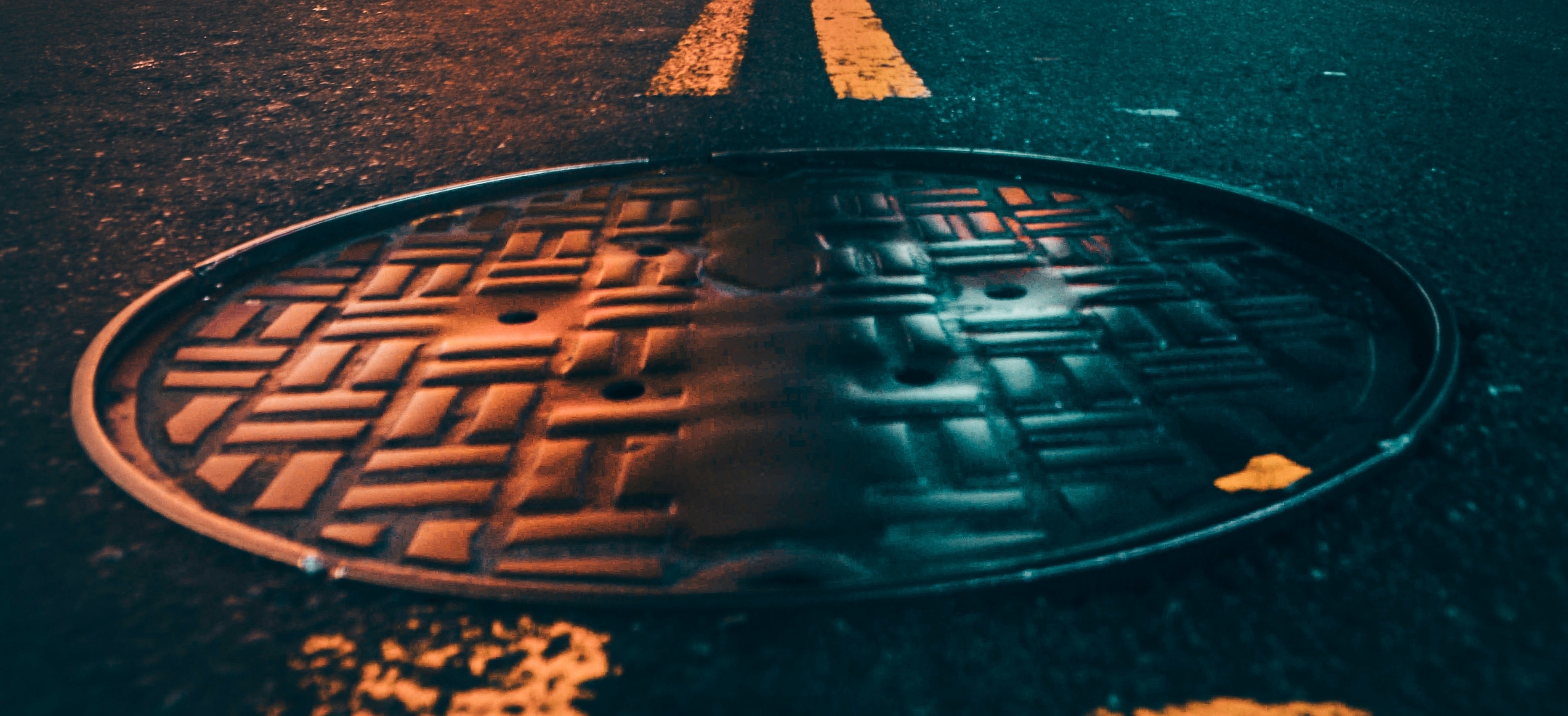When water and sewer systems begin to show weakness, residents look to municipalities to come to the rescue. By knowing the main issues that result in liability claims, municipalities can take steps to mitigate the risks imposed by faulty water and sewer systems. In this post, we discuss the three primary liabilities for water/sewer operators and what municipalities can do to avoid them.
3 Water/Sewer Risks and How To Mitigate Them
1. Sewer back-up
Water from the sanitary sewer or the storm sewer system can be the source of sewer back-up. The most frequent causes of sewer backup are blocked sewers due to grease from residences or restaurants or insufficient capacity to drain storm water during heavy rainfalls.
Insurance coverage is usually available for sewer back-up under homeowner or commercial policies. However, coverage may be subject to a deductible or restricted terms. If claims are paid under the property owner’s policy, their insurer will often attempt to recover money from the municipality after paying a claim to the property owner.
There are ways to prevent sewer back-up liability from arising:
- Implement an appropriate bylaw outlining which materials can be put in the sewer system, including grease from restaurants.
- Regularly inspect and flush lines.
- Utilize in-line camera equipment to check lines during routine maintenance and after blockages occur.
- Clean catch basins every spring to remove sand
- Alarm pumps at lift stations to provide for early detection of malfunctioning equipment.
- Establish instructions to be given immediately to the caller as to what they can do to prevent further damage, who will respond and when.
2. Water main breaks
Water damage, substantial losses of revenue for businesses and severe inconvenience for homeowners are the main concerns with water main breaks. The most frequent causes of water main ruptures and other water damage are freezing, wear and tear, inoperable isolation valves and damage while being worked on.
There are steps that can be taken to reduce liability associated with water main breaks:
- Exercise isolation valves on a regular basis
- If there is a water main break, attempt to notify the property owners in the area to allow them an opportunity to mitigate potential damages
- If service is shut off for routine maintenance or repairs, provide written notice that includes the following:
- The affected area
- The time service will take place
- The expected time water will be restored
- Instructions on what to do for an interim supply
- What to do after service is restored
- Where to call for additional information
3. Hydrant maintenance
There are potentially substantial liability risks associated with an inadequate water supply at a fire scene. The following are guidelines to reduce risks associated with hydrants:
- Perform routine inspections and maintenance for fire hydrants
- Inform the Fire Department of all inspection and maintenance activities to ensure they are aware of inoperable hydrants and poor pressure, blocked or out of service mains.
To learn more on this topic, please check out the executive summary published by The BC Water & Waste Association (BCWWA), in partnership with Urban Systems. Click here to be taken to the article.
ClearRisk's claims, risk, and incident management system can help municipalities with numerous physical assets stay on top of their vulnerabilities and lower the cost of risk. Want more information? Learn more below.
If you found this article helpful, you may be interested in:






Your comments are welcome.